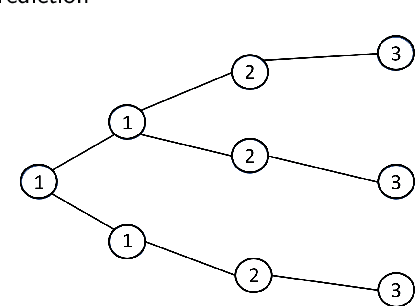Said Varlioglu
Explaining the Relationship between Internet and Democracy in Partly Free Countries Using Machine Learning Models
Apr 11, 2020



Abstract:Previous studies have offered a variety of explanations on the relationship between democracy and the internet. However, most of these studies concentrate on regions, specific states or authoritarian regimes. No study has investigated the influence of the internet in partly free countries defined by the Freedom House. Moreover, very little is known about the effects of online censorship on the development, stagnation, or decline of democracy. Drawing upon the International Telecommunication Union, Freedom House, and World Bank databases and using machine learning methods, this study sheds new light on the effects of the internet on democratization in partly free countries. The findings suggest that internet penetration and online censorship both have a negative impact on democracy scores and the internet's effect on democracy scores is conditioned by online censorship. Moreover, results from random forest suggest that online censorship is the most important variable followed by governance index and education on democracy scores. The comparison of the various machine learning models reveals that the best predicting model is the 175-tree random forest model which has 92% accuracy. Also, this study might help "IT professionals" to see their important role not only in the technical fields but also in society in terms of democratization and how close IT is to social sciences.
A Rule-Based Model for Victim Prediction
Jan 07, 2020



Abstract:In this paper, we proposed a novel automated model, called Vulnerability Index for Population at Risk (VIPAR) scores, to identify rare populations for their future shooting victimizations. Likewise, the focused deterrence approach identifies vulnerable individuals and offers certain types of treatments (e.g., outreach services) to prevent violence in communities. The proposed rule-based engine model is the first AI-based model for victim prediction. This paper aims to compare the list of focused deterrence strategy with the VIPAR score list regarding their predictive power for the future shooting victimizations. Drawing on the criminological studies, the model uses age, past criminal history, and peer influence as the main predictors of future violence. Social network analysis is employed to measure the influence of peers on the outcome variable. The model also uses logistic regression analysis to verify the variable selections. Our empirical results show that VIPAR scores predict 25.8% of future shooting victims and 32.2% of future shooting suspects, whereas focused deterrence list predicts 13% of future shooting victims and 9.4% of future shooting suspects. The model outperforms the intelligence list of focused deterrence policies in predicting the future fatal and non-fatal shootings. Furthermore, we discuss the concerns about the presumption of innocence right.
 Add to Chrome
Add to Chrome Add to Firefox
Add to Firefox Add to Edge
Add to Edge